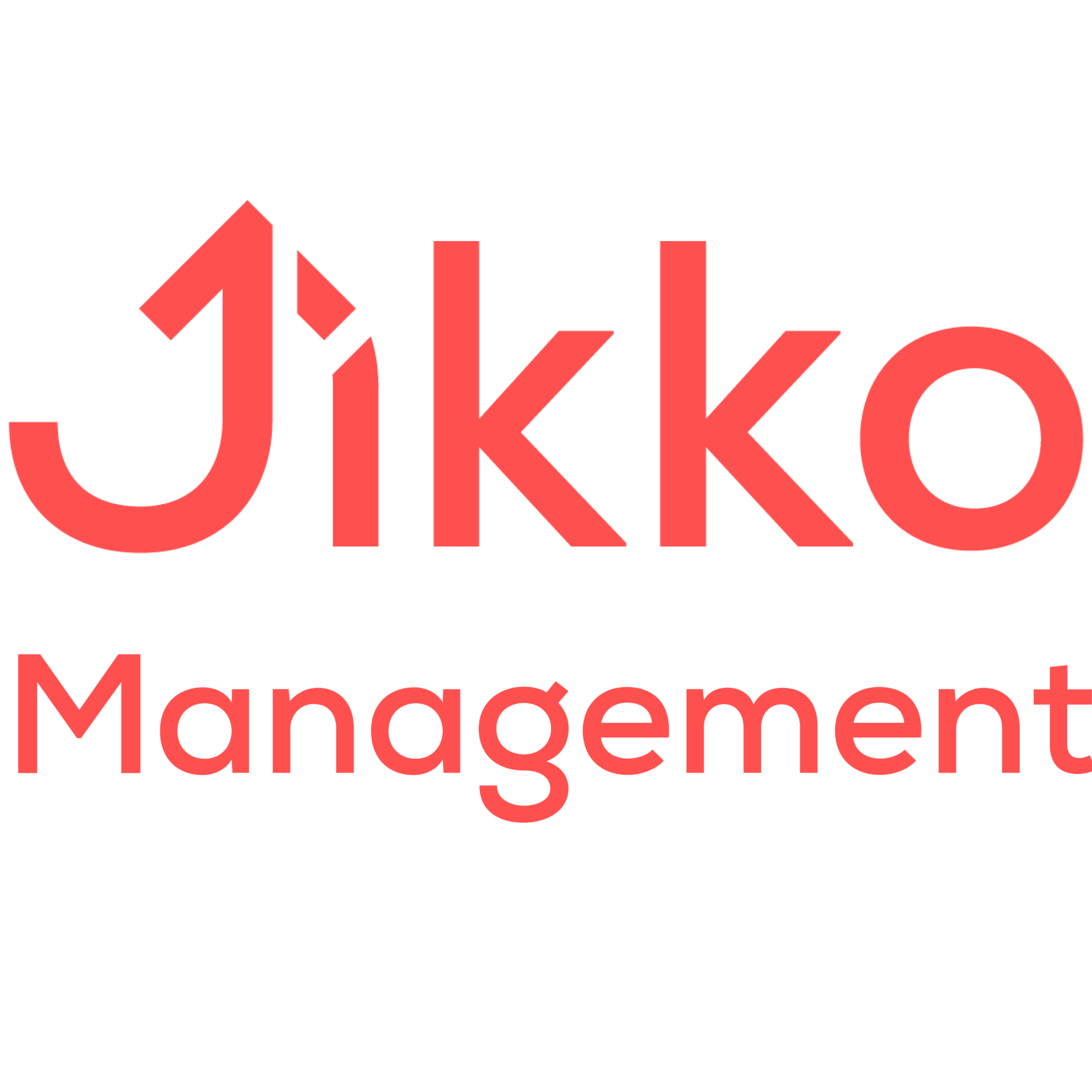How to Produce an Order?
Step-by-Step Guide for JIKKO Operator
1. Select a Work Center
From the home screen of JIKKO Operator you will select the work center needed from the sidebar on your left.

2. Start the production
Click "Start" to start your production.

3. Select a Production Batch
Select the production lot to be produced in the work center from the options displayed.
In the "Pending production" tab you will find the batches that you have pending to work in the shift.
In the "Reprocess" tab you will find waste that you can use as batches again in your production.

See batch comments:
By clicking on this icon you can add a comment to the batch and read the comments previously made to it.

View Lot Information:
By clicking on the information icon, you will be able to know all the available information of the lot


4. Register Material Consumption
Once the order to be produced has been selected, the next step is to select the materials necessary for production.
To do it, in the left column, you will find the list of necessary materials and on the right, the materials available to use.


Once the material is selected and you have met all the necessary materials listed on the left, you can continue.
5. Complete the checklist
If the production has a list of activities, complete them and then use the check box to register them.

And then you're ready! Click "Start Production"
6. Change Work Center Status
At anytime of the production process, you can make changes on the work center status just by clicking a button. You can choose from: Run – Setup – Standby – Down.
Indicating the reason as well from the categories available.

7. End Production
Click on the "End" button, and now you will have to complete a series of steps, starting by completing a checklist of activities if you have assigned one for this operation.


8. Register Good and Bad parts
Next, it is time to register the output of the operation, first Total Good Parts (1). Then for the Total Bad parts (2) you will categorize the quantities according to the reasons available.

9. Check Material Consumption
The idea is to verify if the planned quantity matches the real quantity used and/or make changes if required.

10. Validate Production
Finally, you must confirm one more time that the data entered is correct, and in this case, we will use your digital firm as proof.

